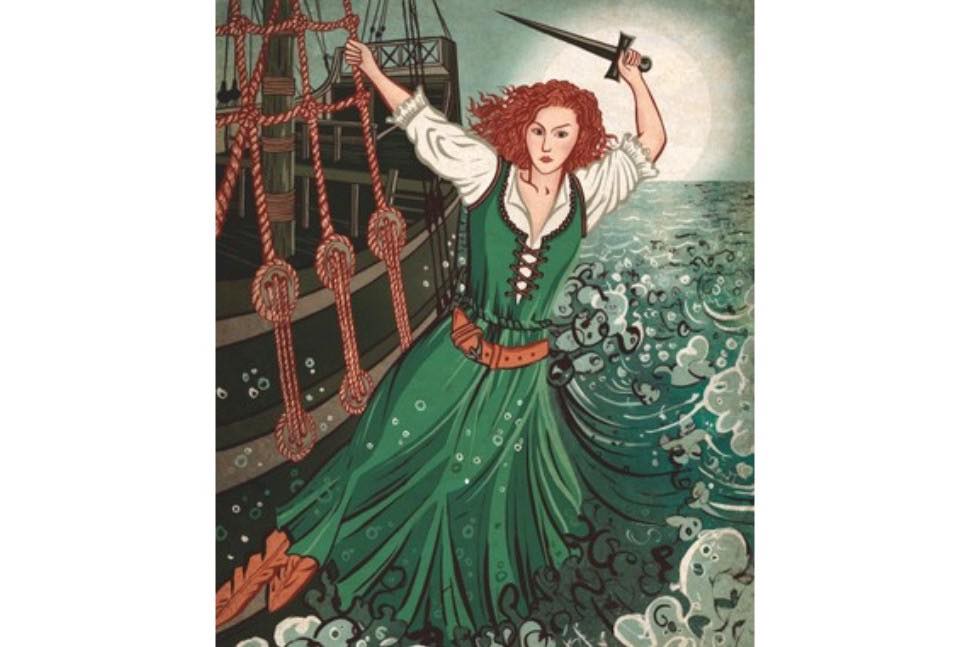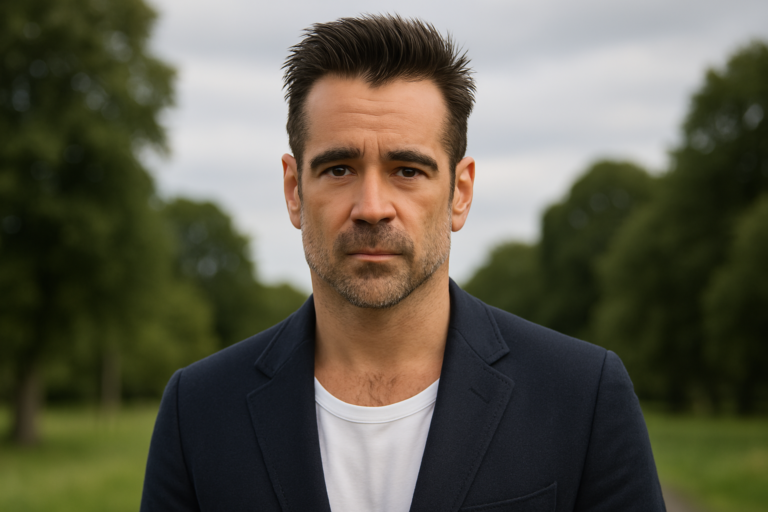
Born around 1530, Grace O’Malley was the daughter of a powerful seafaring chieftain, Eoghan Dubhdara Ó Máille. From a young age, she was fascinated by the sea, despite her mother’s wishes for her to behave more like a noblewoman. One story says that when she was a child, she wanted to sail with her father, but he told her that her long hair would get caught in the ship’s ropes. In defiance, she cut off all her hair, earning her the nickname Gráinne Mhaol (“Bald Gráinne”).
As she grew older, she became a skilled navigator and warrior, taking over her father’s fleet after his death. She commanded ships along the west coast of Ireland, engaging in trade and piracy. She attacked English and Spanish ships, raided rival clans, and demanded tribute from those who sailed through her waters. Her daring raids and refusal to submit to English rule made her a hero among the Irish.
The Meeting with Queen Elizabeth
One of the most famous moments in her life happened in 1593 when she sailed to London to meet Queen Elizabeth I. Her sons and half-brother had been captured by the English governor of Connacht, and rather than beg for their release, Grace went straight to the top.
She arrived at court dressed in fine Irish robes but refused to bow to the queen, stating that as she was also a queen in her own right, they were equals. During the meeting, she shocked everyone by pulling a dagger from her dress. She claimed it was for her own protection. Elizabeth, impressed by Grace’s boldness, granted her request to have her family released and even allowed her to keep some of her lands.
Grace O’Malley continued to fight for her people until her death around 1603. Her legend has endured, and she remains a symbol of Irish resilience and defiance. Her story is celebrated in songs, poems, and books, and she is often remembered as Ireland’s Pirate Queen.
Even today, people in Ireland and beyond admire her as a fearless leader who stood up to the might of the English crown and never backed down.


